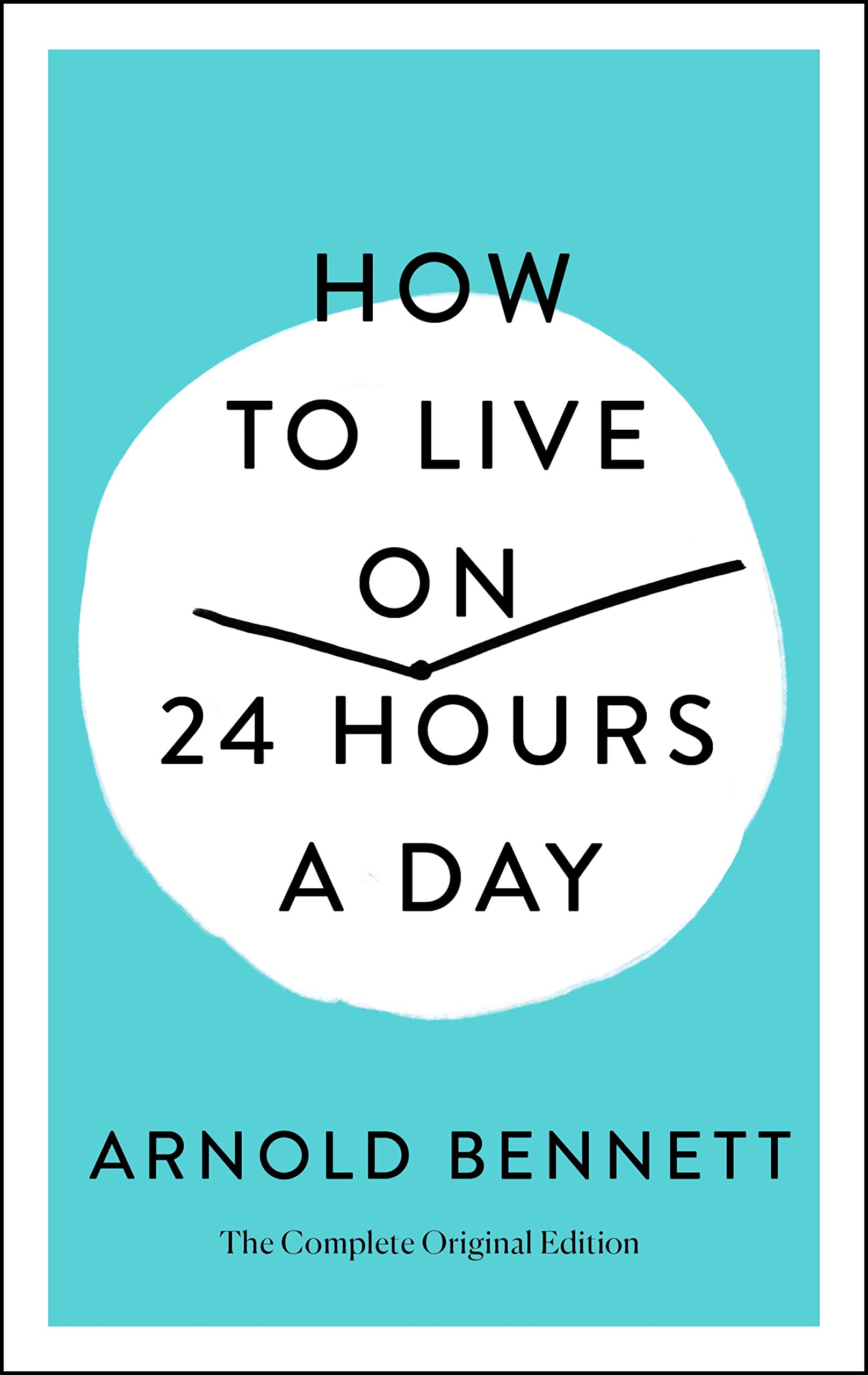Chapter X — Nothing in Life is Humdrum
byChapter X begins with a reminder that nothing in life is ever truly mundane when examined with curiosity and depth. What might seem ordinary at first glance often reveals complex systems of causes and consequences when looked at closely. Understanding how things come to be—why certain patterns emerge, why people behave in specific ways, or why social shifts occur—turns routine observations into rich mental exercises. By embracing the interconnectedness of life events, even the smallest detail gains new meaning. This mindset shifts frustration into fascination and prevents everyday life from feeling shallow or repetitive. As the author argues, the world becomes a laboratory of human behavior and natural forces, inviting us to explore it through thoughtful observation.
This chapter highlights that cause and effect isn’t just an abstract theory but a practical lens for interpreting reality. Consider the seemingly dry subject of rising rent prices in a city neighborhood. At surface level, it’s a financial inconvenience, but when explored deeply, it reveals a chain of decisions—about transport, population flow, and real estate strategies—that led to the change. That chain is full of insights into economics, governance, and human needs. This way of thinking cultivates not only wisdom but also empathy. When one understands why people act or why systems operate a certain way, it’s easier to remain calm, adaptive, and even optimistic in the face of daily challenges.
One of the most striking points in the text is that every profession can feel engaging when it’s examined through this causality framework. A clerk in a bank, who may feel he’s engaged in repetitive number-crunching, might uncover a fascinating rhythm of financial behavior once he considers what prompts people to borrow, save, or default. Reading economic classics like Walter Bagehot’s Lombard Street can turn the job into a compelling study of market psychology. This reorients not just the worker’s view of their profession but also enhances their professional value. Depth of understanding tends to lead to insight, and insight creates opportunity for innovation and excellence, even in roles that are usually overlooked.
The notion that curiosity elevates any occupation is powerful in a world where many people feel trapped in monotony. The chapter encourages the reader not to wait for their job to become exciting but to bring excitement to it by applying thoughtful analysis. By uncovering what drives decisions, systems, and reactions, one begins to recognize patterns, and these patterns form the building blocks of mastery. Even in a slow-paced setting, there are always deeper mechanisms at play waiting to be uncovered. The moment we choose to be mentally engaged, routine becomes revelation, and frustration gives way to fulfillment.
Beyond professional life, this perspective extends into personal relationships and societal shifts. Understanding why someone might act rudely on a train or why public policy affects small businesses fosters a broader perspective that softens knee-jerk judgments. Life, the author reminds us, is a chain reaction—not just an isolated list of incidents. If one accepts this, it becomes easier to maintain emotional balance and stay connected to purpose, especially when setbacks occur. This maturity in thinking doesn’t remove the pain of disappointments, but it adds context, which allows for quicker recovery and more deliberate forward motion.
There’s also an underlying lesson about time and attention embedded in this approach to life. Instead of letting moments pass unnoticed, the reader is encouraged to observe and reflect. This habit develops not just awareness but mindfulness. Daily events—conversations, work processes, and even disruptions—are reclassified from background noise into elements of a larger, dynamic story. The simple shift from passive experience to active interpretation transforms one’s relationship with the world. The ordinary becomes a puzzle to solve, a mystery to enjoy, or a clue toward personal and collective progress.
In embracing the principle that life is never humdrum, the chapter delivers a message of empowerment and self-reliance. No change in career or location is needed to begin living more richly. All that’s required is a shift in mental posture—from reacting to questioning, from complaining to examining. Those who adopt this mindset gain access to a continual source of learning, interest, and growth. Through this lens, the effort to understand the forces at play in one’s environment becomes not just a tool for personal development, but a source of joy. Life is never small when looked at with large awareness.

